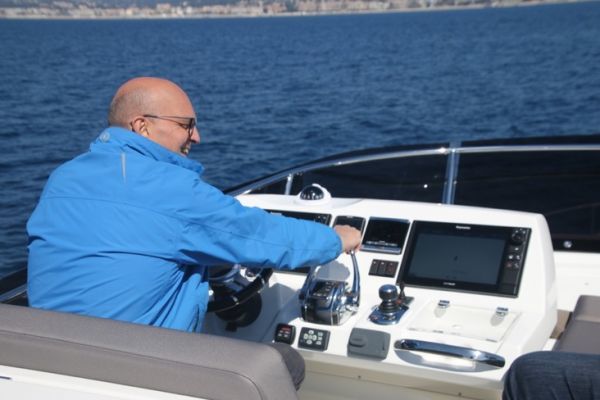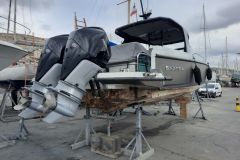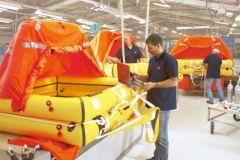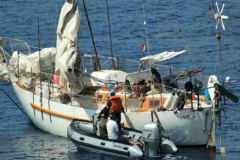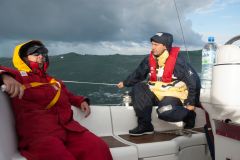Serious accidents in French waters are the subject of a report by Beamer, a national organization in charge of investigations. The report on the collision between the vessels Yakuza's Boat and Rum'N Fishing on August 4, 2022 is rich in information on the many phenomena that can impair a helmsman's vision, and their dramatic consequences.
Fast boat driver loses peripheral vision
While this may seem obvious, it's always worth remembering how speed limits a helmsman's vision. At full speed, you can't see out to the sides. In his report, Beamer recalls a few figures that everyone should bear in mind about the horizontal field of vision of the boat's pilot.
- When stationary, the helmsman's eye can see 75° to either side.
- At 21 knots, he can see 50° to either side
- At 37 knots, he can see 37.5° to either side
- At 53 knots, he can see 22.5° to either side
- At 70 knots, he can see 15° to either side
So the faster the boat goes, the more important it is to scan the water regularly by turning your head.
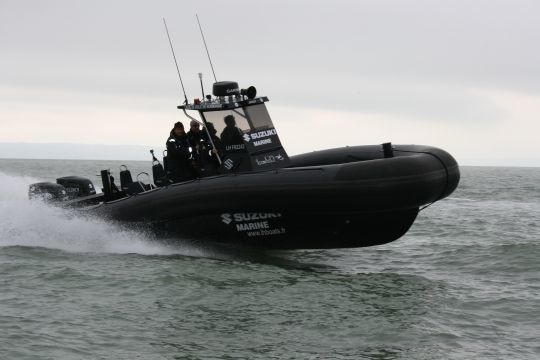
Getting used to the dark before sailing
When sailing at night, our eyes have to adapt to low light levels. Being not naturally nyctalopic, like cats, it takes time to see in twilight. White light is to be avoided, and colored lighting on chart tables has long taken this factor into account.
The Beamer experts indicate that the transition to night vision requires 20 to 30 minutes to be optimal. Central vision is less efficient. Particularly problematic in navigation, color perception and distance estimation are less good, making it difficult to detect navigation lights if they are drowned in the halo of coastal light.
It is therefore advisable to remain particularly vigilant, especially during short night sailings, when the eye does not have time to acclimatize, and at least during the 1st half-hour.
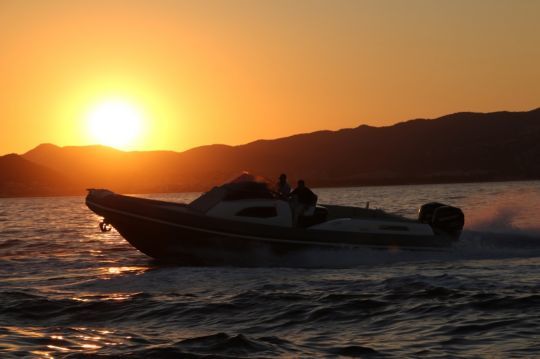
Alcohol, an enemy at the helm
While the sensory impairment caused by alcohol is well established and now well accepted as a car driver, it is sometimes less so as a skipper. Yet the consequences can be just as dramatic. Alcohol slows down decision-making and increases risk-taking. It makes you more sensitive to glare, reduces peripheral vision and limits color detection, especially red, an essential color for navigation. A reasonable sailor should therefore take this into account to avoid putting his crew and other boats at risk.
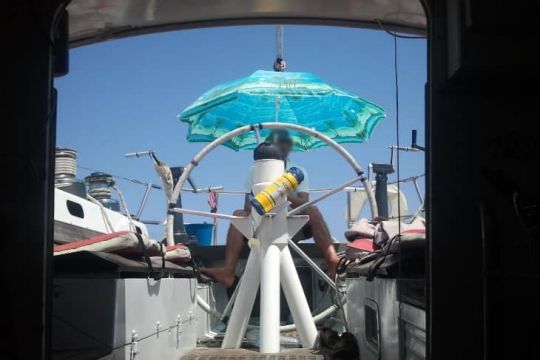
For effective navigation intelligence, let's make sure we have every chance on our side.
